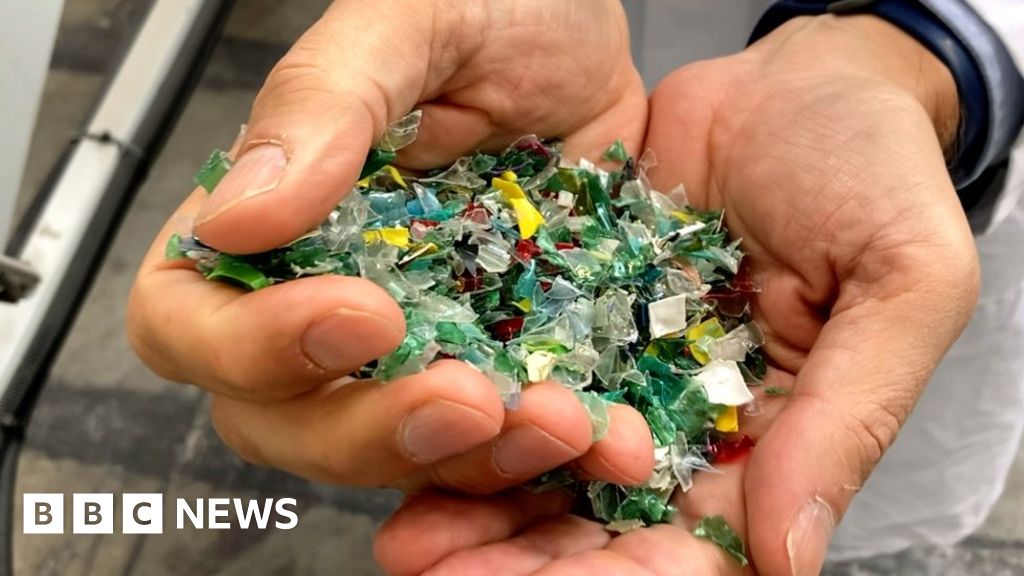Get the latest tech news
AI-powered conversion from Enzyme to React Testing Library
In the world of frontend development, one thing remains certain: change is the only constant. New frameworks emerge, and libraries can become obsolete without warning. Keeping up with the ever-changing ecosystem involves handling code conversions, both big and small. One significant shift for us was the transition from Enzyme to React Testing Library (RTL), prompting …
Project pipeline flowchartThis strategic pivot, and the integration of both AST and AI technologies, helped us achieve the remarkable 80% conversion success rate, based on selected files, demonstrating the complementary nature of these approaches and their combined efficacy in addressing the challenges we faced. Evaluation and impact assessments were crucial components of our project, allowing us to measure the effectiveness of our methods, quantify the benefits of AI-powered solutions, and validate the time savings achieved through AI integration. Together, we created this conversion pipeline, conducted rigorous testing, made prompt improvements, and contributed exceptional work on the AST codemod, significantly elevating the quality and efficiency of our AI-powered project.
Or read this on Hacker News
